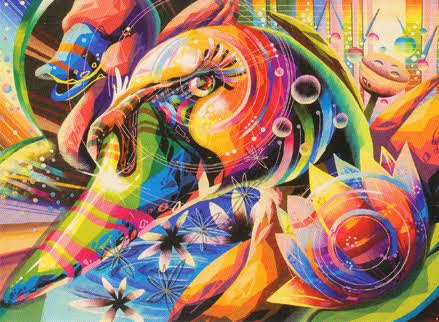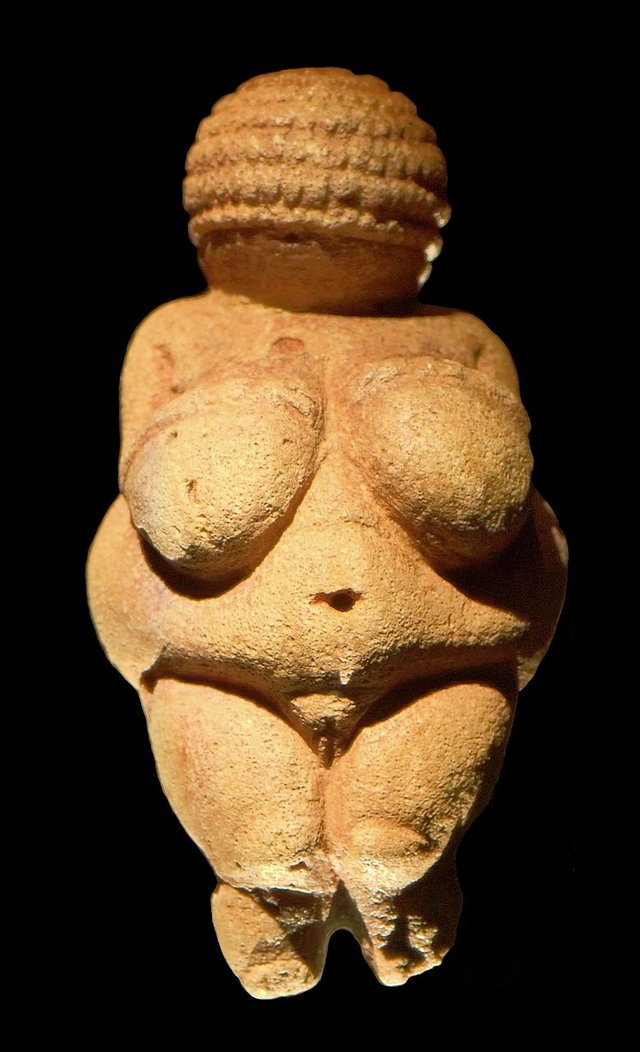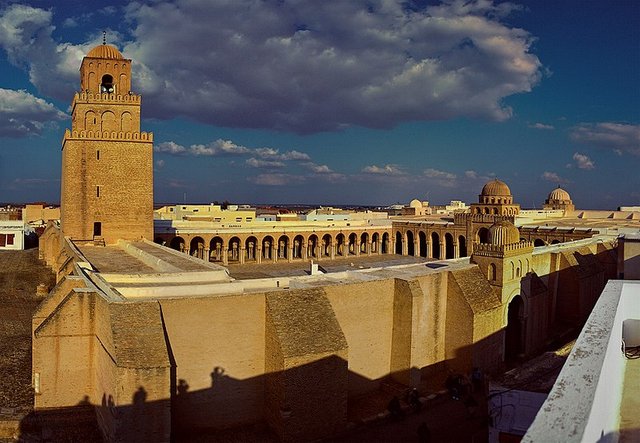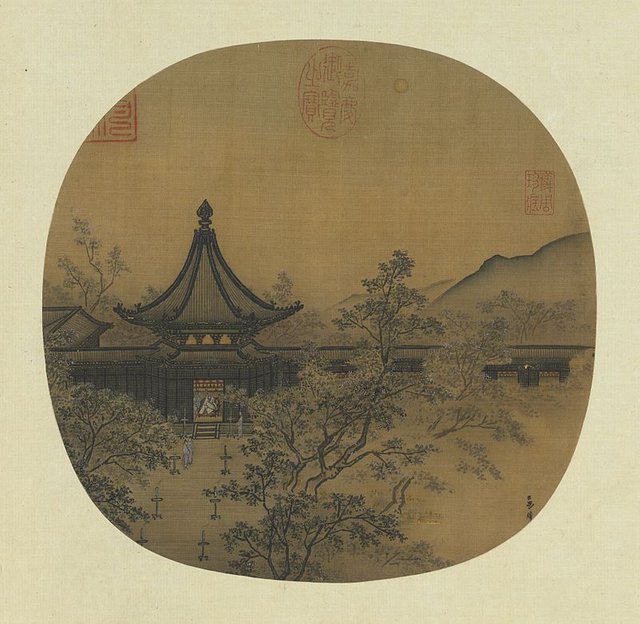Art- General concept of art and history of art!!
Hello Everyone!!
Art is a diverse range of human activities in creating visual, auditory or performing artifacts (artworks), expressing the author's imaginative or technical skill, intended to be appreciated for their beauty or emotional power.In their most general form these activities include the production of works of art, the criticism of art, the study of the history of art, and the aesthetic dissemination of art.

The oldest documented forms of art are visual arts, which include creation of images or objects in fields including today painting, sculpture, printmaking, photography, and other visual media.

Sculptures, cave paintings, rock paintings and petroglyphs from the Upper Paleolithic dating to roughly 40,000 years ago have been found,but the precise meaning of such art is often disputed because so little is known about the cultures that produced them. The oldest art objects in the world—a series of tiny, drilled snail shells about 75,000 years old—were discovered in a South African cave.Containers that may have been used to hold paints have been found dating as far back as 100,000 years.Etched shells by Homo erectus from 430,000 and 540,000 years ago were discovered in 2014.

Many great traditions in art have a foundation in the art of one of the great ancient civilizations: Ancient Egypt, Mesopotamia, Persia, India, China, Ancient Greece, Rome, as well as Inca, Maya, and Olmec. Each of these centers of early civilization developed a unique and characteristic style in its art. Because of the size and duration of these civilizations, more of their art works have survived and more of their influence has been transmitted to other cultures and later times. Some also have provided the first records of how artists worked. For example, this period of Greek art saw a veneration of the human physical form and the development of equivalent skills to show musculature, poise, beauty, and anatomically correct proportions.
In Byzantine and Medieval art of the Western Middle Ages, much art focused on the expression of subjects about Biblical and religious culture, and used styles that showed the higher glory of a heavenly world, such as the use of gold in the background of paintings, or glass in mosaics or windows, which also presented figures in idealized, patterned (flat) forms. Nevertheless, a classical realist tradition persisted in small Byzantine works, and realism steadily grew in the art of Catholic Europe.
Renaissance art had a greatly increased emphasis on the realistic depiction of the material world, and the place of humans in it, reflected in the corporeality of the human body, and development of a systematic method of graphical perspective to depict recession in a three-dimensional picture space.

In the east, Islamic art's rejection of iconography led to emphasis on geometric patterns, calligraphy, and architecture.Further east, religion dominated artistic styles and forms too. India and Tibet saw emphasis on painted sculptures and dance, while religious painting borrowed many conventions from sculpture and tended to bright contrasting colors with emphasis on outlines. China saw the flourishing of many art forms: jade carving, bronzework, pottery (including the stunning terracotta army of Emperor Qin), poetry, calligraphy, music, painting, drama, fiction, etc. Chinese styles vary greatly from era to era and each one is traditionally named after the ruling dynasty. So, for example, Tang dynasty paintings are monochromatic and sparse, emphasizing idealized landscapes, but Ming dynasty paintings are busy and colorful, and focus on telling stories via setting and composition.Japan names its styles after imperial dynasties too, and also saw much interplay between the styles of calligraphy and painting. Woodblock printing became important in Japan after the 17th century.

The western Age of Enlightenment in the 18th century saw artistic depictions of physical and rational certainties of the clockwork universe, as well as politically revolutionary visions of a post-monarchist world, such as Blake's portrayal of Newton as a divine geometer,or David's propagandistic paintings. This led to Romantic rejections of this in favor of pictures of the emotional side and individuality of humans, exemplified in the novels of Goethe. The late 19th century then saw a host of artistic movements, such as academic art, Symbolism, impressionism and fauvism among others.
The history of twentieth-century art is a narrative of endless possibilities and the search for new standards, each being torn down in succession by the next. Thus the parameters of impressionism, Expressionism, Fauvism, Cubism, Dadaism, Surrealism, etc. cannot be maintained very much beyond the time of their invention. Increasing global interaction during this time saw an equivalent influence of other cultures into Western art. Thus, Japanese woodblock prints (themselves influenced by Western Renaissance draftsmanship) had an immense influence on impressionism and subsequent development. Later, African sculptures were taken up by Picasso and to some extent by Matisse. Similarly, in the 19th and 20th centuries the West has had huge impacts on Eastern art with originally western ideas like Communism and Post-Modernism exerting a powerful influence.
Modernism, the idealistic search for truth, gave way in the latter half of the 20th century to a realization of its unattainability. Theodor W. Adorno said in 1970, "It is now taken for granted that nothing which concerns art can be taken for granted any more: neither art itself, nor art in relationship to the whole, nor even the right of art to exist." Relativism was accepted as an unavoidable truth, which led to the period of contemporary art and postmodern criticism, where cultures of the world and of history are seen as changing forms, which can be appreciated and drawn from only with skepticism and irony. Furthermore, the separation of cultures is increasingly blurred and some argue it is now more appropriate to think in terms of a global culture, rather than of regional ones.
Econ Khan
Come follow me!
Instagram: https://www.instagram.com/iameconkhan/
Facebook: https://www.facebook.com/iameconkhan/
Twitter: https://twitter.com/iameconkhan
Hi! I am a robot. I just upvoted you! I found similar content that readers might be interested in:
https://en.wikipedia.org/wiki/Art
Sorry I'll try to fix it in front of me..